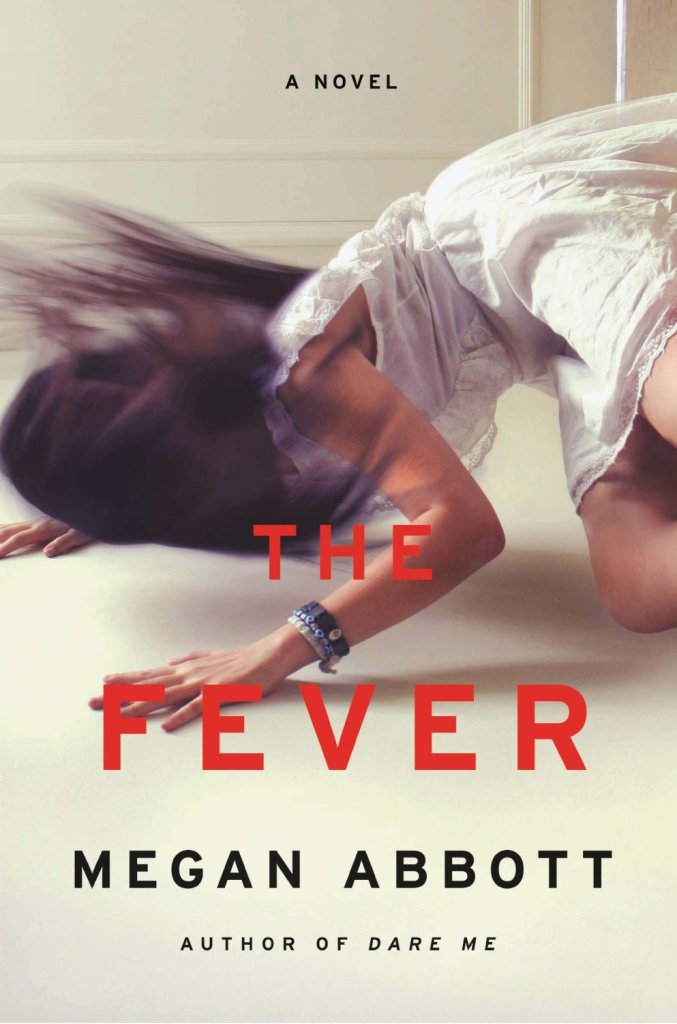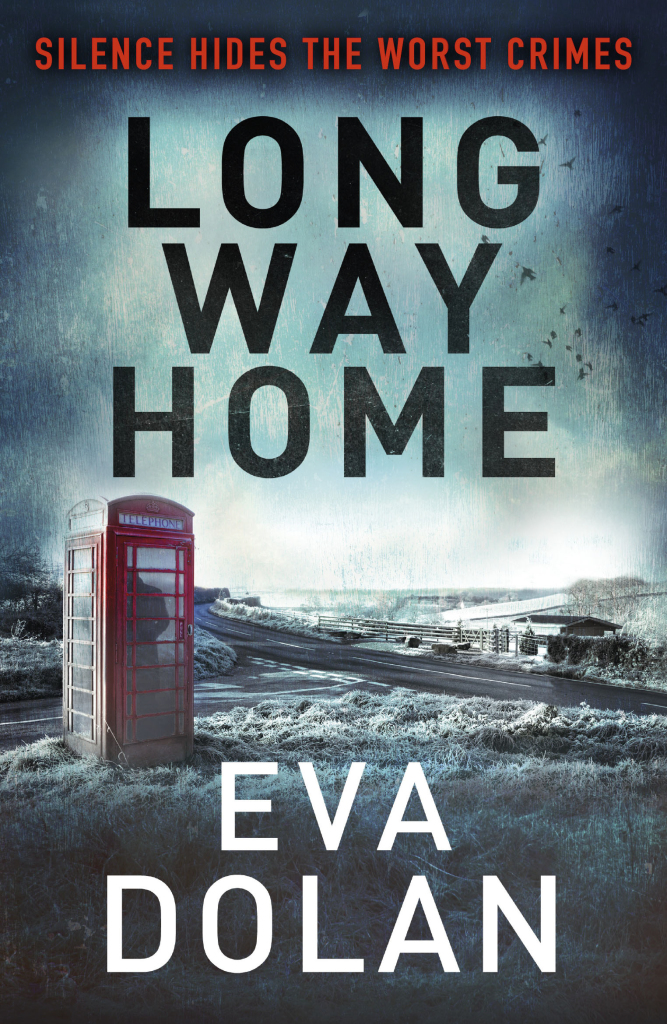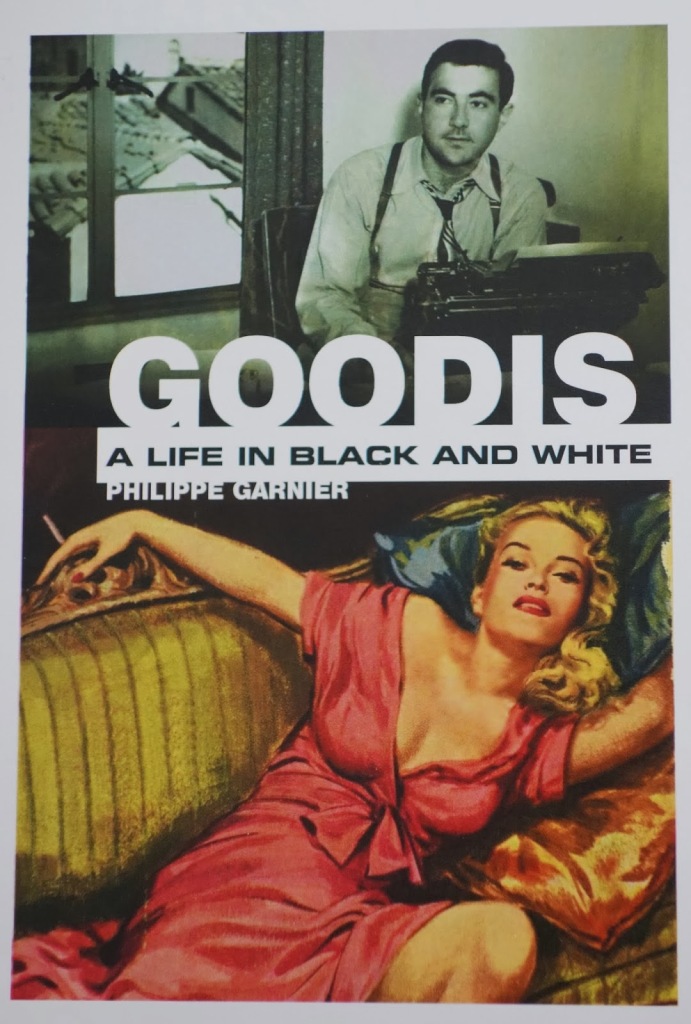Time for me to present Pulp Curry readers with the list of my best reads for 2014. As is customary, I will start off by admitting, yet again, I feel I have not read nearly as much as I should have. My reading this year has been dominated by books for work, including material for freelance articles and the various literary festival panels I’ve been involved in. A considerable amount of my attention has also been directed to reading related to the non-fiction book I have been co-editing, Beat Girls, Love Tribes and Real Cool Cats: Pulp Fiction and Youth Culture, 1950-1980, which is scheduled to be published in October 2015.
With all that said, here’s the top ten books I read in 2014. I’ve split my list in two this year – fiction and non-fiction.
My top fiction reads are as follows:
Escape Dominique Manotti
I have long been interested in the political history in Italy in the seventies and eighties, the so-called ‘years of lead’, when left wing paramilitary groups and right wing extremists in the military and police were locked in a shadowy, violent conflict. Dominique Manotti’s Escape is set in the late eighties and deals with the aftermath of that conflict. Filippo is a common street hood that shares a prison cell with Carlos, a charismatic former Red Brigade member. On a whim, Filippo joins a successful escape attempt by Carlo. Carlo gives his former cellmate money and instructions to seek assistance from his ex-girlfriend, Lisa, now in exile in Paris. Carlos is subsequently killed in a bank heist. Lisa becomes obsessed with investigating Carlos’s death, which she believes was set up by right wing elements of the Italian state, keen to eliminate former Red Brigade members. Meanwhile, Filippo has relocated to France and written a novel based on his relationship with Carlos, which also inserts himself into the failed heist story. The book becomes the toast of the Paris literary establishment. It also arouses Lisa’s suspicions and, more dangerously, attracts the attention of certain senior members of the Italian state.
Good political crime fiction is hard to pull off, but Manotti strikes just the right balance. There’s political intrigue as well as some fantastic detail about the ‘years of lead’ and the strange emotional and political no man’s land inhabited by exiles like Lisa. Terrific stuff.
The Forever War, Joe Haldeman
Published in 1974, The Forever War is a science fiction classic and I can see why. The story focuses on several members of an elite military task force assembled for a war against a mysterious alien race known as the Taurans. The soldiers travel via interconnected ‘collapsars’ that allow ships to cover thousands of light-years in a split second. The catch is, a two stretch of service for the soldiers is decades in earth time.
Haldeman fought in Vietnam and draws obvious parallels between that conflict and interstellar war. The campaign against the Taurans is vividly depicted, long stretches of boredom punctuated by the occasional rapid burst of lethal combat against a largely unknown enemy. Haldeman’s take on the future earth, and the returned soldier’s alienation from it are also fascinating. I was a massive science fiction nut as teen, but that dropped away in my early twenties in favour of crime fiction. This book made me want to read more SF.
The Fever, Megan Abbott
The Fever continues Abbott’s run of novels exploring the dark side of American suburbia and the unpredictable energy and chaos of young girls. A female student at the high school suffers what appears to be – but can’t be – an epileptic fit. The next day, one of her friends does the same, then another girl. Via the speed of social media, rumours, gossip, misrepresentations, innuendo spread like wildfire and soon the entire school community is in a state of complete panic. The media feeds the frenzy. Soon, the state medical authorities are involved but they are completely perplexed by what is happening.
As the father of a young girl, Abbott’s last three novels, The End of Everything, Dare Me, and now The Fever, have functioned as a sort of samizdat how-too parenting guide for me. Abbott’s take on the very noir lives led by young girls is razor sharp and it goes without saying The Fever is beautifully written. All that said, I think this is the weakest of the three recent novels and I’ll be interested to see where she takes her particular brand of suburban noir from here. Here’s hoping its something like her earlier books, This Song Is You and Die A Little.
Shake Him Till He Rattles, Malcolm Braly
Fawcett Gold Medal first published Shake Him Till He Rattles in 1963. The story is set in the San Francisco suburb of North Beach, ground zero of the West Coast beat scene in the early sixties. It centres on a horn-player called Cabiness, the target of some very unwelcome attention on the part of a junkie vice cop, Carver. Not only does Carver have it in for jazz musicians, he believes Cabiness is a major player in the North Beach drug scene and wants to turn him into his snitch. Cabiness is not a major criminal. He’s not a major anything, really. His only aim in life is to “smoke a little pot and blow my horn”, much to the chagrin of his girlfriend, Jean, who is getting tired of the scene.
Any Cold Jordon, David Bottoms
Drifter Billy Parker plays guitar in a country-and-western bar in rural Florida. He hates what he does and the people who come to see him play, has a complicated relationship with his wife and drinks too much. In short, his life is going nowhere fast. That is until an acquaintance, Jack Nolan, a Vietnam vet with a shadowy past, asks him whether he wants to make money. Parker needs the money to finance his share of a bar he wants to buy. The downside is that the scheme is very illegal and, potentially, very dangerous.
Long out of print, my copy of Any Cold Jordan came via New Jersey crime writer Wallace Stroby, who strongly recommended it. I can see why. It was published in 1980, long before the inundation of books termed ‘rural noir’ and packed with meth labs, dying towns and dysfunctional communities. Any Cold Jordon has some of these elements, but they are beautiful understated and take the reader in a completely unpredictable direction. It is also a wonderful piece of prose.
Whistable, Stephen Volk
This novella was given to my by my partner, Angela Savage, who knows I am a big Hammer Horror fan and thought I might get a kick out of a story based on the life of Peter Cushing. Whistable takes place in 1971, Cushing’s wife has recently passed away and he is distraught at the prospect of living without her. Going for a walk one day, he is approached by a boy who recognises him from his film roles as the the famous vampire-hunter Doctor Van Helsing. The boy wants Cushing’s help because he believes his stepfather is a vampire
Whistable is a wonderful read. The writing is dark and beautiful and Volk deftly mixes fiction with numerous factual elements, including some wonderful inside stories about the life of Cushing. A must read for anyone who love the actor and his Hammer horror films.
Long Way Home, Eva Dolan
Dolan’s debut novel (I believe a second has just been released), Long Way Home is set in a suburban satellite town in the heart of rural East England and opens with the discovery of a corpse of an adult male in the burnt out remains of a backyard shed. John Doe was a migrant farm labourer of Eastern European decent, part of the army of semi-illegal workers who have flooded into the area, with all the resulting problems and social tensions. That makes it a job for the Hate Crimes Unit of the local Peterborough plod, and introduces the two main characters, themselves immigrants, DI Zigic, a third generation Serb living in the town, and his offsider, Ferrier, a young policewoman of Portuguese decent.
I don’t usually like books like Long Way Home, but several elements elevated it from being just another police procedural. The plot is sophisticated and deeply researched. Dolan’s pacing is near flawless, helped by a vivid sense of her main characters and the way they interact. Also the writing is first class. Long Way Home is a deceptively hardboiled story that feels like the work of a much more experienced author.
My best non-fiction reads for 2014 are as follows:
Goodis: A Life in Black and White, Philippe Garnier
Goodis is seen as the pre-eminent noir writers of his era. After years churning out stories for pulp magazines, by the late forties Goodis had hit the big time – a screenwriting contract with Warner Bros. and a hit movie, Dark Passage, starring Humphrey Bogart and Lauren Bacall, based on his 1946 novel of the same name. But within a couple of years he had tossed it all away, returned to his hometown of Philadelphia, moved back in with his parents and mentally ill brother and spent the next two decades churning out pulp novels. When Goodis died in 1967, he had been almost completely forgotten in his home country and none of his 18 novels were in print in the US.
The ebb and flow of literary fame is just one element running through French born, Los Angeles-based journalist Philippe Garnier’s biography of David Goodis, Goodis: A Life in Black and White, translated from the French and published in English in 2014 for the first time in thirty years. What motivated Goodis to deliberately embrace obscurity? Garnier doesn’t really get to the bottom of the mystery, but his attempt to unravel it is a wonderful journey. Goodis: A Life in Black and White is essential reading for anyone interested in the history of pulp and noir fiction.
Jacks and Jokers, Matthew Condon
Meticulously researched, broad in its historical scope, Jacks and Jokers is the second book in Condon’s examination of police corruption in Queensland from the late 1950s to the late 1980s, and part of a wave of recent books that are redefining Australian true crime writing. The narrative spine of Jacks and Jokers is the career of Terry Lewis. Lewis joined the Queensland police force at twenty and rose to be commissioner before the Fitzgerald Inquiry in the late 80s, which led to his trial and conviction on various charges, including accepting vast amounts in bribes to protect vice and illegal gambling.
Reading Jack and Jokers I couldn’t help but think of the sentiments expressed by Eric Hobsbawm in his excellent history of the twentieth century, The Age of Extremes, about the ways in which late capitalism has created a break between contemporary perception and memories and events of the past. ‘Most young men and women,’ he wrote, ‘grow up in a sort of permanent present lacking any organic relation to the public past of the times they live in.’ Jack and Jokers is an essential history of a period of Queensland’s development that has been much talked about and often parodied, but little known or understood, both in and outside of the Sunshine State.
Kings Cross: A Biography, Louis Nowra
Kings Cross has a special place in Australian popular culture. One of my favourite fictional private investigators, Cliff Hardy, the creation of Sydney author Peter Corris, has done his fair share of time knocking around the Cross. In the sixties and early seventies, Kings Cross was the subject of a number of risqué local pulp novels, many of which I have collected. Kings Cross: A Biography is an attempt to explore the reality and myths of an area that has exercised a considerable hold over our nation’s imagination. Nowra, who has lived in Kings Cross since 1990, is no stranger to the area’s darker side and has absolutely no desire to play it down. And the book is all the better for it. Nowra delves into the Cross’s reputation as a centre for sly grog, prostitution and police corruption. But he also examines other aspects of its history, including the fact that from the thirties to the sixties it became one of the few places in the country were alternative sexualities and lifestyles were openly tolerated. It had a thriving communist scene and was a haven for Italian, Greek and Jewish migrants, as well as Germans refugees escaping the Nazism.
I learnt so much from this book. It left me asking, where are Melbourne’s from the ground up social histories? Where is the equivalent book on St Kilda?





























interesting list Andrew. I’ve heard great things about Whitstable. The author’s next one is Hitchcock I believe and should be of interest to you.
Keep meaning to get around to Eva’s. I’m sure I will soon
Mike,
Absolutely. The Hitchcock book sounds right up my alley. Do you have any other details?
Andrew
I want Whitstable, now! Ever read anything else by Manotti? Dead Horsemeat by her is probably my favourite crime novel of the last few years. An Italian crime writer named Massimo Carlotto might interest you; he was in the thick of the “years of lead” and actually became a political fugitive, which he wrote about in a book called (not surprisingly) The Fugitive.
Cary,
Thanks for stopping by.
No, haven’t read anything else by Manotti and really don’t know much about her or her writing. I only read her book on the recommendation of other people, but I love her material. It’s just great to read some Euro crime fiction that’s not from Scandinavia or a for the books police procedural. I’ll definitely check out Carlotto, on your recommendation.
Cheers,
Andrew
Some of these look great, can’t wait to get to reading them. My favorite read this month is The Permit by William Scott. It tackles police corruption, which in light of recent events makes it all the more realistic. William Scott is the author, great blog over there too, williambscott.com.
Annie,
Thanks for stopping by. I will check out the Scott book.
Cheers,
Andrew
I’ll check these out. The one I’ve already read, The Fever, was a real barnburner…